Fantasia 2018, Day 17, Part 1: Laughing Under the Clouds and the 2018 Afromentum Showcase
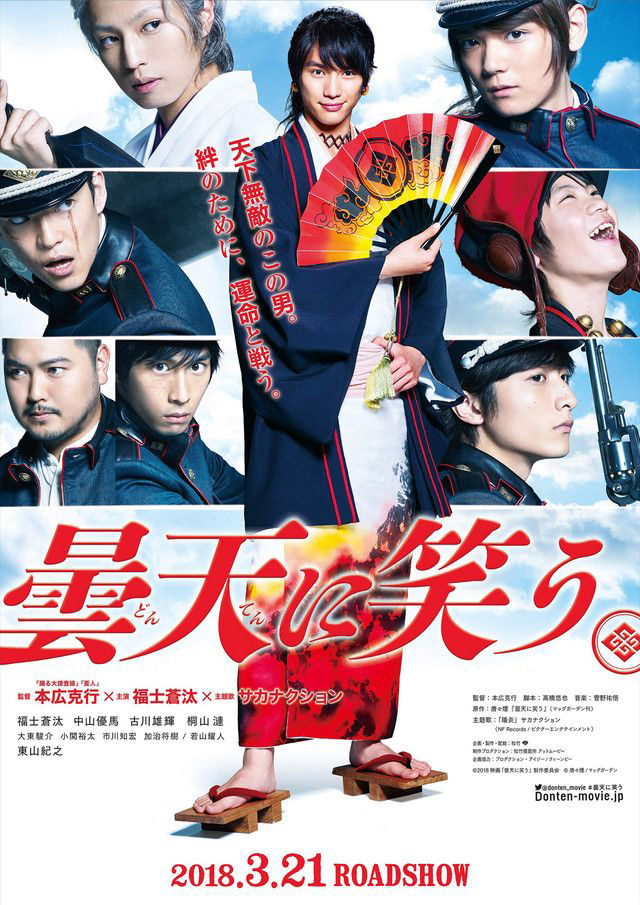 Saturday, July 28, saw me arrive at the Hall Theatre early for a showing of the Japanese historical fantasy Laughing Under the Clouds, yet another manga adaptation. Following that, I’d head across the street to the J.A. De Sève Theatre, where I’d watch a short film showcase called Afromentum. It’d feature four short films by Black filmmakers from around the world — including an adaptation of Nnedi Okorafor’s short story “Hello, Moto.”
Saturday, July 28, saw me arrive at the Hall Theatre early for a showing of the Japanese historical fantasy Laughing Under the Clouds, yet another manga adaptation. Following that, I’d head across the street to the J.A. De Sève Theatre, where I’d watch a short film showcase called Afromentum. It’d feature four short films by Black filmmakers from around the world — including an adaptation of Nnedi Okorafor’s short story “Hello, Moto.”
Laughing Under the Clouds (Donten ni warau, 曇天に笑う) was directed by Katsuyuki Motohiro, whose excellent adaptation Ajin: Demi-Human I’d just seen the evening before. The script was written by Yûya Takahashi from the manga by Kemuri Karakara. In the 19th century, a trio of brothers in a Japanese village guard against the return of a terrible dragon. The eldest, Tenka Kumo (Sota Fukushi) is a highly-skilled fighter; his younger brother Soramaru (Yuma Nakayama) is nowhere near as good; the third, Chutaro (Kirato Wakayama) is just a child. But agents of the dragon are at work, and the creature will rise soon. Can the Kumos stand against it?
This is a disappointing movie. After seeing Ajin I had great respect for Motohiro’s skills, and I’d appreciated Fukushi’s work in other movies this year: The Travelling Cat Chronicles, Bleach, and Laplace’s Witch. But things don’t come together here. There are some very nice moments, including a splashy opening scene, but this movie doesn’t work as a whole. The characters are unconvincing, it tries to fit too much into a 94-minute running time, and the conclusion’s an extended anti-climax.
The problem, I think, comes from the core trio of brothers, and the way the movie envisions them. Soramaru’s interesting because he’s fallible in a way that Tenka isn’t, but it’s not clear why he isn’t as good a fighter as Tenka if Tenka’s been teaching him. This power difference drives the plot. The ages of the characters aren’t stated, but there’s only a year difference between the two actors, and Nakayama certainly looks like an adult in his early 20s — shouldn’t he be at least close to Tenka in skill? But he isn’t, and he’s frustrated, and so at one point he abandons his brothers to go train with a group of government agents who are rivals to the Kumos. The stakes of the rivalry seem petty next to the danger of the dragon, though, so this never really feels especially dramatic.
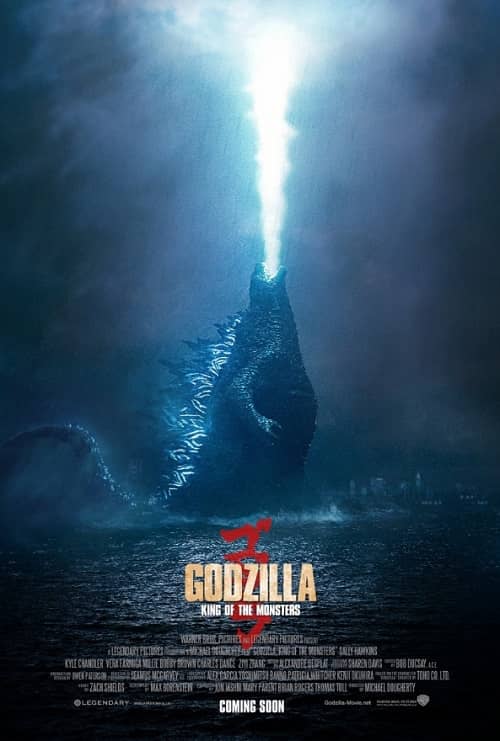
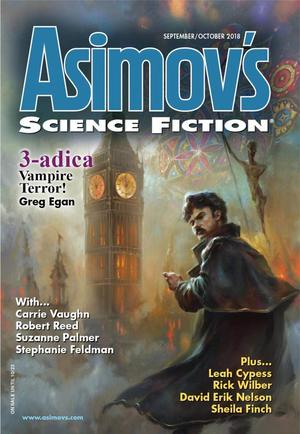
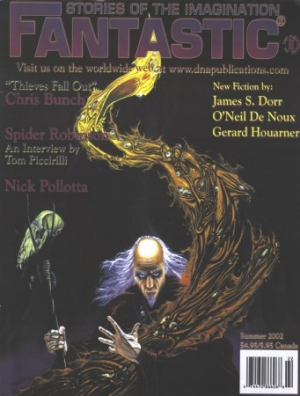
 I had two movies to see on Friday, July 29. The first, perfectly fitting the small De Sève Theatre, was The Witch in the Window, a quiet character-centred horror film. The second was another live-action manga adaptation, Ajin: Demi-Human, a fast-paced explosion-oriented semi-super-hero story which fit the larger Hall Theatre as well as The Witch in the Window suited the De Sève. I had certain hopes for both, and in both cases those hopes were wildly exceeded. These are two excellent movies, of very different kinds.
I had two movies to see on Friday, July 29. The first, perfectly fitting the small De Sève Theatre, was The Witch in the Window, a quiet character-centred horror film. The second was another live-action manga adaptation, Ajin: Demi-Human, a fast-paced explosion-oriented semi-super-hero story which fit the larger Hall Theatre as well as The Witch in the Window suited the De Sève. I had certain hopes for both, and in both cases those hopes were wildly exceeded. These are two excellent movies, of very different kinds.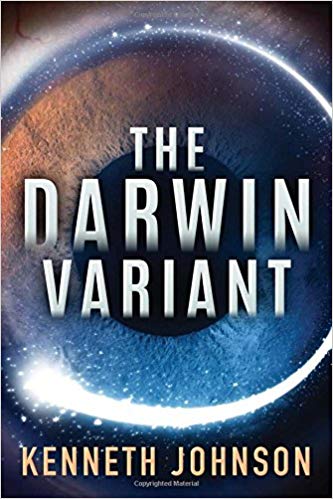

 On the evening of Thursday, July 26, I made my way to the Cinémathèque Québécois, well east of the main Fantasia theatres, for a screening of a film classic. Fantasia was presenting Mario Bava’s classic 1964 horror-mystery film Blood and Black Lace (Sei donne per l’assassino). It’s one of the first giallo films, a genre of surreal thriller particularly identified with Italian directors. This was the original 88-minute Italian version, restored by Arrow Films for their recent blu-ray edition of the film.
On the evening of Thursday, July 26, I made my way to the Cinémathèque Québécois, well east of the main Fantasia theatres, for a screening of a film classic. Fantasia was presenting Mario Bava’s classic 1964 horror-mystery film Blood and Black Lace (Sei donne per l’assassino). It’s one of the first giallo films, a genre of surreal thriller particularly identified with Italian directors. This was the original 88-minute Italian version, restored by Arrow Films for their recent blu-ray edition of the film.
